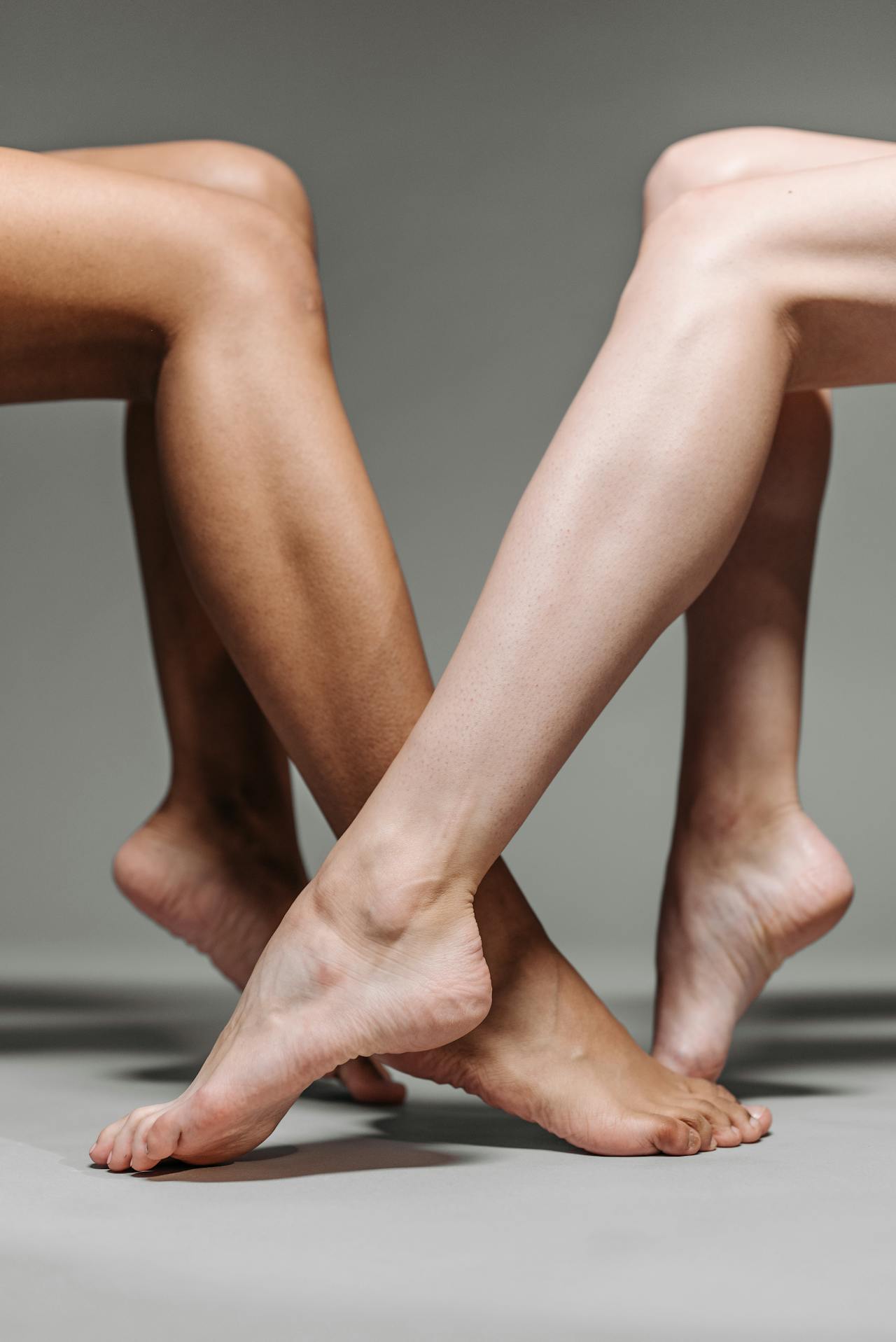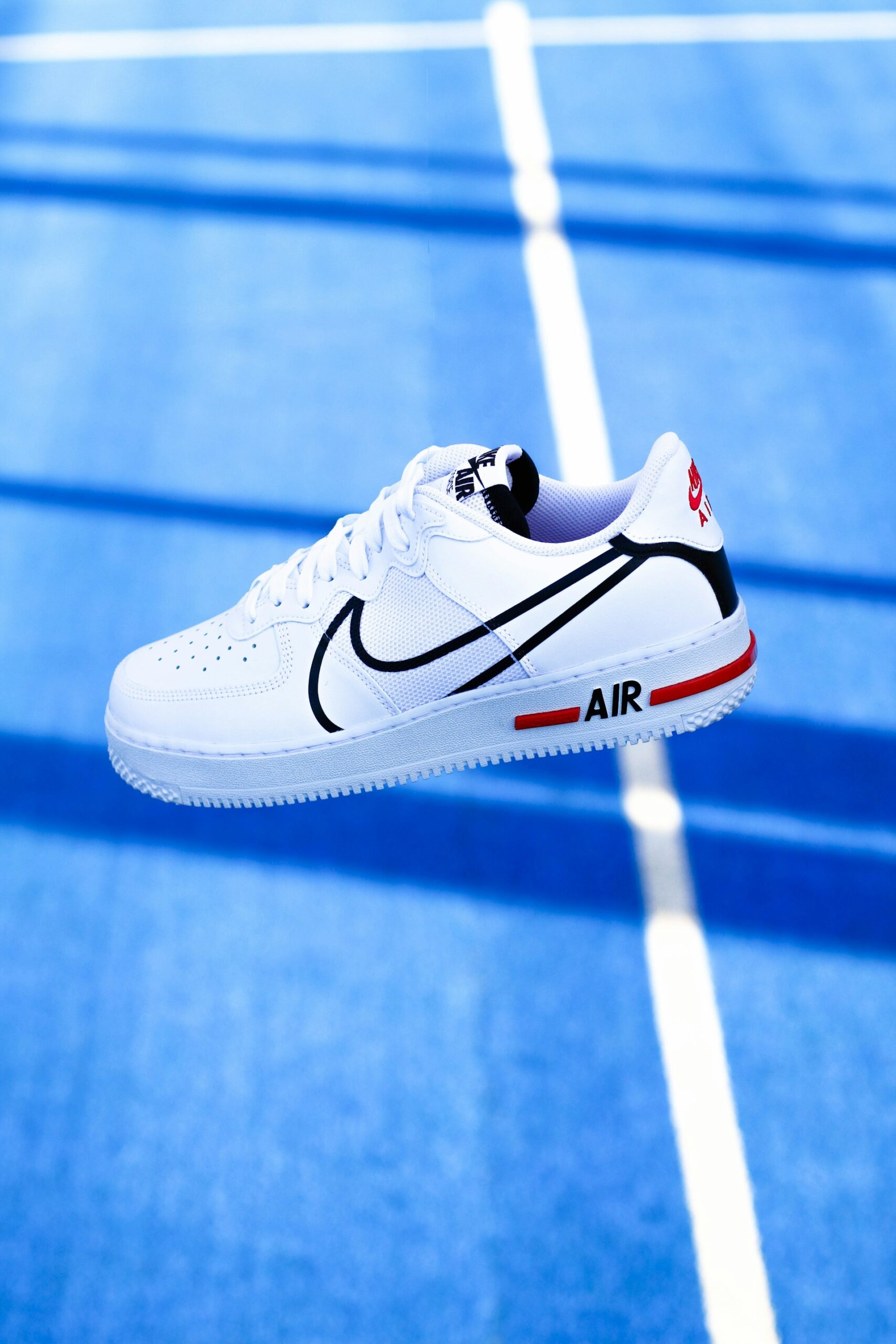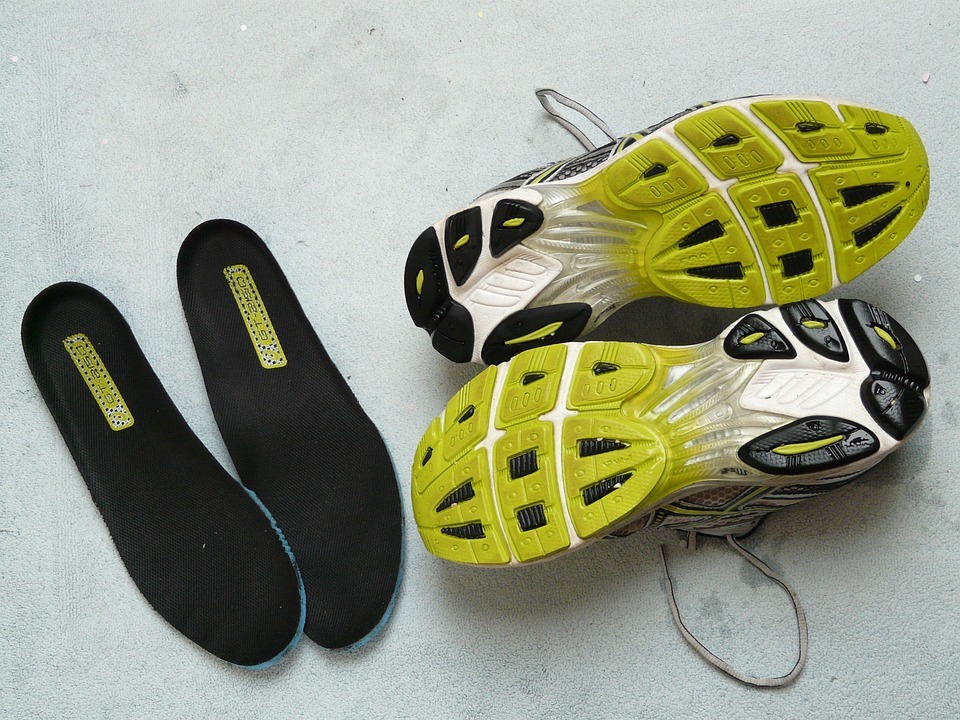However, the devil is in the details. For instance, knowing whether you overpronate or underpronate can drastically narrow down your options. As we peel back the layers, you’ll discover how these factors interplay in a way that’s unique to you, setting you on the path to finding your sole mate.
Key Takeaways
- Assess your pronation type and foot arch to choose between neutral, stability, or motion control shoes.
- Consider your running surface and style to select the appropriate shoe type, such as trail or road.
- Evaluate midsole shape and heel-toe drop for a balance of cushioning, support, and stride efficiency.
- Ensure the shoe fits well and offers the right mix of cushioning and support for your specific foot mechanics.
Understand Pronation
To enhance your running experience, it’s crucial to grasp how pronation, the natural inward roll of your foot during a stride, affects your choice in running shoes. Pronation plays a key role in how your foot strikes and leaves the ground, influencing both your comfort and performance.
If your foot rolls too much to the inside, you’re experiencing overpronation. This can lead to stability problems, making it essential to select shoes that provide ample support. On the flip side, underpronation, or when your foot doesn’t roll inward enough, impacts your ability to absorb shock efficiently. This scenario calls for shoes that offer increased cushioning to mitigate the risks of injuries.
Understanding whether you overpronate, underpronate, or have a neutral pronation is pivotal in finding the right running shoes. Each type of pronation requires different shoe features to support your foot’s natural movement. Neutral shoes are designed for those with an average pronation pattern, stability shoes cater to overpronators by preventing excessive inward rolling, and motion control shoes are for severe overpronators or underpronators needing the utmost support. Recognizing your pronation type is the first step towards optimizing your running experience.
Determine Foot Type
Identifying your foot arch type is a pivotal step in selecting running shoes that cater to your specific needs. You can discover whether you have normal, low, or high arches through a simple wet test on paper. This knowledge is essential because different arch types demand distinct shoe support to ensure optimal comfort and fit during your runs.
For those with flat feet, which indicate low arches, motion control shoes are key to managing overpronation, a condition where your foot rolls excessively inward. If you’ve got a normal arch, stability shoes are your best bet, providing the right balance to accommodate a slight tendency towards overpronation. High arches, on the other hand, often lead to underpronation (also known as supination), where your foot rolls too much outward. In this case, shoes with neutral cushioning offer the shock absorption needed to counteract this.
Understanding your foot’s arch type and its pronation pattern isn’t just about comfort; it’s about preventing injuries and enhancing your running performance. So, take the time to assess your feet properly—it’s a crucial step toward finding your perfect running shoes.
Assess Your Gait
After determining your foot type, it’s crucial to assess how your foot rolls during a foot strike to select the right running shoes. Observing how your foot transitions from heel to toe reveals a lot about your gait and, ultimately, the type of support you need in a running shoe.
By understanding the way your foot behaves upon impact, you can pinpoint whether you’re dealing with overpronation, underpronation, or if you have a neutral pronation pattern. This insight is fundamental in choosing footwear that offers the right balance of support, cushioning, and stability for your runs.
- Observe your foot’s roll: Look at how your foot moves from heel to toe during a foot strike. This action is key to identifying your pronation pattern.
- Signs of pronation: Identify if you have overpronation (excessive inward roll), underpronation (outward roll), or neutral pronation.
- Analyze foot arch: Use a wet test on paper to determine your arch height, which can help infer your pronation.
- Match gait to shoe type: Select shoes categorized as motion control, stability, or neutral cushioning based on your specific gait type for optimal performance and comfort.
Running Surface Consideration
When choosing your running shoes, it’s crucial to consider if you’ll primarily be hitting the pavement or taking on trails. Road shoes and trail shoes are designed differently to handle the impact and demands of varied terrains.
Understanding these differences can greatly affect your shoe’s performance and your overall comfort while running.
Trail Vs. Road Differences
Understanding the differences between trail and road running shoes is crucial for selecting the right footwear for your running surface. Trail running shoes are designed with deeper treads and enhanced weather protection to tackle off-road terrains effectively. They also provide critical ankle support to prevent injuries when navigating uneven and challenging paths.
On the other hand, road running shoes are engineered for pavement surfaces, focusing on cushioning and responsiveness to optimize your running efficiency.
- Trail Running Shoes: Deeper treads, weather protection, essential ankle support.
- Road Running Shoes: Prioritize cushioning and responsiveness.
- Hybrid Shoes: Balance features for versatility on both terrains.
- Ankle Support: Crucial in trail shoes for injury prevention.
Choosing the right type based on the running surface can significantly enhance your performance and comfort.
Surface Impact on Shoes
Knowing the differences between trail and road running shoes sets the stage for appreciating how the surface you run on impacts your footwear choice. If you’re hitting the pavement, look for shoes with durable outsole materials like carbon rubber for Road Running. For Trail Running, your shoes should have aggressive lugs for grip. Cushioning is vital for both, but how it’s implemented can vary significantly. Match your foot’s shape to the shoe for stability and comfort, and don’t forget to consider flex grooves and toe spring for natural foot movement.
| Feature | Road Running | Trail Running |
|---|---|---|
| Outsole | Carbon Rubber | Aggressive Lugs |
| Cushioning | Balanced | Terrain-specific |
| Foot Movement | Flex Grooves | Toe Spring |
| Shape | Match Foot | Stability Focus |
| Speed | Optimized | Injury Prevention |
Midsole Shape Importance
You’ve considered the running surface, but have you thought about the importance of midsole shape in your running shoes?
The right midsole contour can strikingly balance cushioning and support, tailoring to your foot’s unique needs.
Whether you’re aiming for a pronounced heel-to-toe transition or a neutral strike, understanding midsole significance is key to enhancing your performance.
Midsole Contour Significance
The midsole contour plays a crucial role in providing stability and support as you move. When you’re on the hunt for the perfect running shoe, understanding the significance of the midsole’s shape is essential. It’s not just about the look; it’s about how the shoe interacts with your foot during your run.
Different midsole shapes cater to various running styles and foot mechanics, ensuring a personalized fit.
A contoured midsole enhances energy return and responsiveness, making each stride more effective.
The shape impacts overall comfort and performance, directly influencing your running experience.
Understanding these contours is key to selecting a shoe that offers the right support and functionality for your needs.
Select wisely, and you’ll feel the difference with every step.
Cushioning and Support Balance
To get the most out of your runs, it’s crucial to strike the right balance between cushioning and support in your shoe’s midsole shape.
The midsole shape isn’t just about aesthetics; it’s the backbone of your shoe, significantly impacting your comfort and performance during cushioned running.
Understanding the midsole shape is essential for finding that perfect blend of support and cushioning. Whether the midsole is packed with EVA foam, TPU pellets, or air pockets, each feature contributes to how your shoe responds with each step.
This balance directly influences stability, shock absorption, and energy return, vital factors for any runner.
Heel and Forefoot Cushioning
Understanding the balance between heel and forefoot cushioning is crucial for a comfortable and efficient run. When you’re on the lookout for the perfect running shoes, it’s essential to consider how well they handle the demands of your run. Heel cushioning plays a pivotal role in absorbing impact forces when your foot strikes the ground, significantly reducing stress on your heel and lower leg. On the flip side, forefoot cushioning is key to providing responsiveness and energy return, which is vital for that propulsion you need during toe-off.
Here’s a quick breakdown of why getting this balance right matters:
- Heel cushioning minimizes the risk of injuries by lessening the impact forces your body endures with each step.
- Forefoot cushioning ensures you’re not losing out on that vital spring in your step, making each run feel more efficient.
- Balancing heel and forefoot cushioning guarantees a smoother transition from heel strike through to toe-off, enhancing your overall running mechanics.
- Remember, the right level of cushioning is subjective and can depend on your running style, personal preference, and foot mechanics.
Choosing running shoes that combine both heel and forefoot cushioning technologies can optimize your comfort and performance, making every run a good one.
Understanding Heel-Toe Drop
After exploring the importance of heel and forefoot cushioning, let’s now focus on how heel-toe drop plays a crucial role in your running shoes’ impact on your stride and performance.
The term ‘heel-toe drop’ refers to the height difference between the heel and the forefoot in your shoes. This feature significantly affects foot mechanics and, by extension, how efficiently you stride.
Running shoes vary widely, with heel-toe drops ranging from 0mm, known as zero-drop, to 12mm or more. Each range caters to different preferences and running styles. Zero-drop shoes, for instance, promote a more natural stride by encouraging your foot to strike the ground with the midfoot or forefoot rather than the heel. This alignment can enhance your running form, potentially reducing the risk of injuries.
Choosing the right heel-toe drop isn’t just about personal preference. It’s vital to consider your running form, any past injuries, and what feels most comfortable to you. Understanding how heel-toe drop influences your foot strike and overall biomechanics is key to selecting running shoes that will support your performance goals and keep you running safely and efficiently.
Choosing Based on Running Style
Now, let’s focus on how your running style affects your shoe choice.
You’ll need to analyze your foot strike and understand whether you’re an overpronator, underpronator, or have a neutral gait.
This knowledge is crucial in picking shoes that offer the right support and cushioning for your feet.
Analyze Your Foot Strike
To choose the perfect running shoes, start by analyzing your foot strike pattern to determine whether you have a neutral gait, overpronation, or underpronation. This step is fundamental in preventing injuries and ensuring that your running experience is both comfortable and performance-optimized.
- Observe your foot landing to identify if the foot rolls inward too much (overpronation) or outward too much (underpronation).
- Match your shoe choice with your foot strike pattern for optimal support.
- Select from shoe categories like stability, motion control, or neutral cushioning based on your analysis.
- Aim for shoes that offer the right level of cushioning, stability, and support to meet your individual needs.
Understanding your foot strike is key in picking running shoes that bolster your running style while protecting you from potential injuries.
Understand Your Pronation Type
Understanding your pronation type is essential when choosing running shoes that’ll support your unique running style effectively. Pronation, the natural inward roll of your foot during a stride, varies among runners.
You might experience overpronation, where your foot rolls inward excessively, or supination, also known as underpronation, characterized by an outward roll. These differences crucially influence the type of support, cushioning, and stability you need from your shoes to both enhance comfort and optimize performance.
Importance of Trying New Insoles
Incorporating new insoles into your running shoes can significantly enhance your comfort and support, making every step more enjoyable. By personalizing the fit of your shoes, insoles offer a unique way to increase both comfort and stability during your runs. They’re not just an add-on; they’re a necessity for anyone looking to improve their running experience.
- Personalized Fit: Insoles can tailor the fit of your running shoes to your feet, providing unparalleled comfort and reducing the risk of discomfort.
- Reduced Slipping and Blisters: With additional cushioning, insoles help to minimize friction, preventing blisters and ensuring your foot doesn’t slide inside the shoe.
- Enhanced Stability: By offering extra support, insoles can contribute to better stability, reducing the risk of shin splints and other injuries.
- Improved Shoe Longevity: Using insoles can also prolong the life of your running shoes, ensuring you get the most out of your investment.
Ensuring Proper Shoe Fit
Ensuring your running shoes fit properly is crucial for maximizing comfort and preventing injuries during your runs. To nail this, you’ve got to leave a thumb’s width space in the toe box. This not only boosts comfort but also enhances performance.
Don’t overlook the importance of rotating your running shoes, either. Regularly switching between pairs can significantly reduce wear and tear, extending their lifespan and slashing the risk of injuries.
When you’re hunting for that perfect pair, hitting up a specialty running store for a chat with the pros can make a big difference. They’re equipped to offer personalized advice, tailoring recommendations to your foot shape, arch height, and unique needs. Remember, factors like cushioning and support play a big role in how your shoes feel and perform during a run.
Lastly, it’s smart to get your feet measured often, especially later in the day when they’re a bit swollen. This ensures you’re always rocking shoes that truly fit, keeping your runs smooth and your feet happy. By paying attention to these details, you’re setting yourself up for running success.
Conclusion
Finding the right running shoes might seem daunting, but by understanding your pronation, foot type, and gait, you’re off to a great start. Consider the surface you’ll run on and the importance of midsole shape and heel-toe drop for your running style. Don’t overlook trying new insoles and always ensure a proper fit for maximum comfort and support.
Remember, the perfect pair can elevate your running experience, so take your time and choose wisely. Keep running and stay supported!






